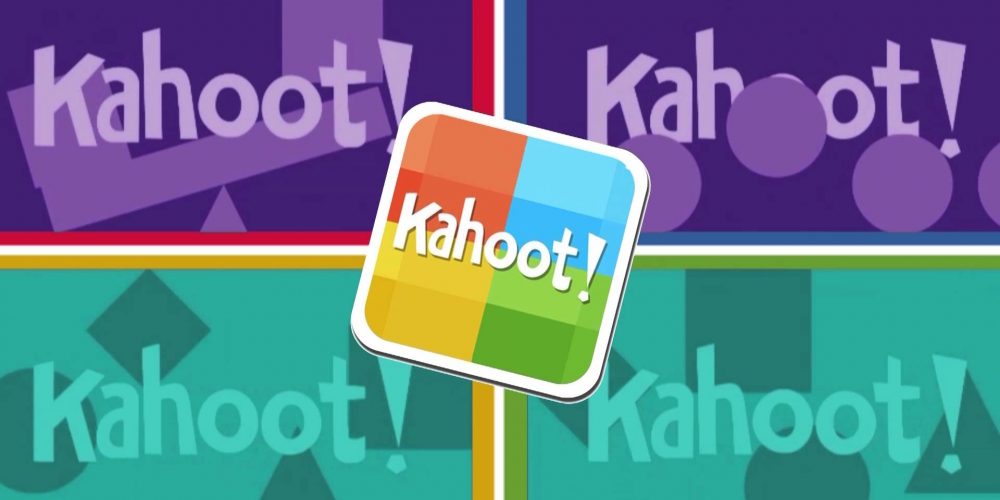Since its launch in 2013, Kahoot! has turned game-based learning into a pop culture phenomenon. The game platform now hosts over 50 million monthly active users and a public library of over 20 million learning games, created and shared by fans in more than 180 countries. 32 million of these users are in the U.S. and more than 2 million of the 32 are U.S. K-12 teachers who have signed up for Kahoot!. 25 million U.S. K-12 students (about 40% of all K-12 students in the U.S.) use Kahoot! on a monthly basis.
One of the world’s fastest-growing learning brands, Kahoot! recently launched its quarterly EdTrends Report, which synthesizes current tech trends in education in the U.S. K-12 market.
The report finds that:
- Google is getting a stronghold in U.S. classrooms, with Chrome OS growing quickly on computers, while Apple’s iOS dominates on mobile devices and tablets. Microsoft is holding its ground, maintaining share on computers in the classroom, especially among teachers.
- Google Classroom/G Suite for Education is the most popular productivity suite in U.S. classrooms.
- U.S. educators’ biggest incentive to adopt EdTech is to improve student productivity. Their top priorities are: to improve student learning and outcomes, motivate students and encourage more engagement in class.
- In the coming school year, U.S. schools will see increased use of digital platforms for teaching, learning and assessment, as well as the rise of personalized learning.
- Public school educators in the U.S. are grappling with budget restraints and lack of resources, while private school teachers’ biggest challenge is lack of training to understand and adopt new technology.
- State-wise, California educators struggle with lack of training and “tech for the sake of tech” and Texas teachers face the challenges of budget constraints on adopting tech and bureaucracy.
Other data in the report includes which hardware and software platforms educators and students are using, frequently-searched subjects on the Kahoot! platform, as well as an interview with an educator and EdTech influencer about the trends he foresees in the coming school year.
Read the full report here.










